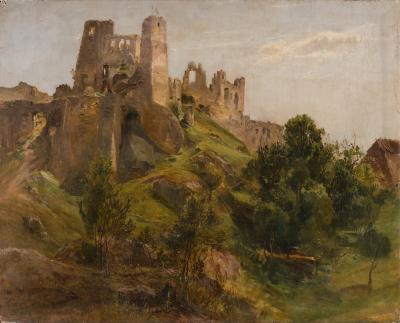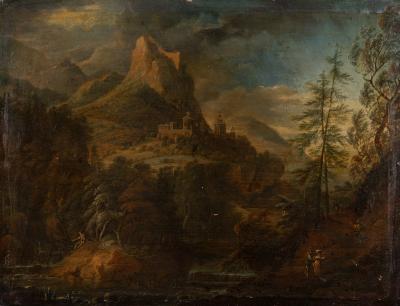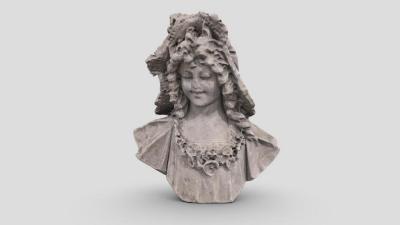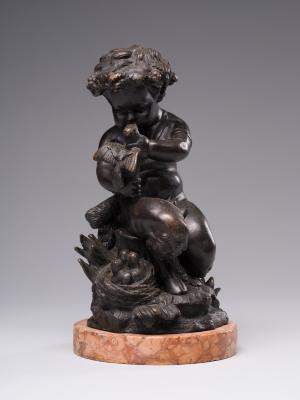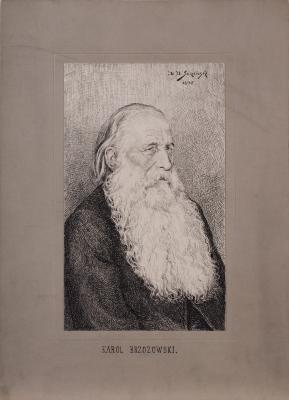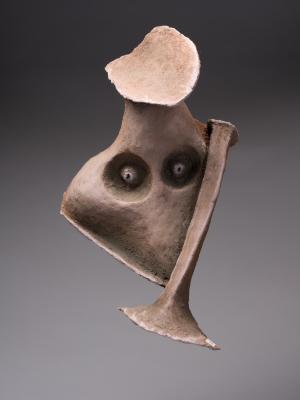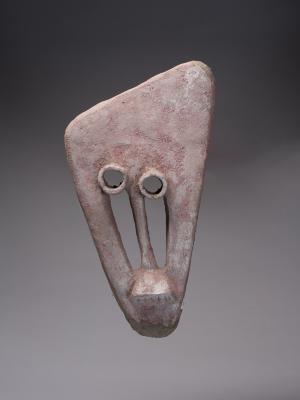Carlsbad (German: Bad – bath, spa) (now Karlovy Vary, the Czech Republic) is one of the cities of the "Great Spa Towns of Europe", which are known for their health resorts. These resorts gained international importance from the late nineteenth century to early twentieth century due to mineral springs. The spa resorts were very popular in Europe then. Historically, since the days of the Russian Empire, Karlovy Vary has been one of the most popular resorts among the Russian intelligentsia, monarchs, and noblemen. Emperors, famous writers and poets rested and improved their health there, so it is not surprising that Jan Ciaglinski, who lived in St. Petersburg at the time, visited that city. Ciaglinski explored many areas. While traveling, the artist painted hundreds of works, about which he wrote in his memoirs: "… rich, in terms of colorful material", "I bathed in paints", and "I was looking for shades". An artist with an academic education, endowed by nature with an extraordinary sense of color, aimed to search for the play of colors, was interested in issues of color and light, and their perception at night. The artist's later works are distinguished by a free, bold, and energetic style of painting with a clear, formative stroke, with a neutral, careless, chaotic, and as if hastily drawn background. The color palette is restrained, yet at the same time, it is strong and impressive.











